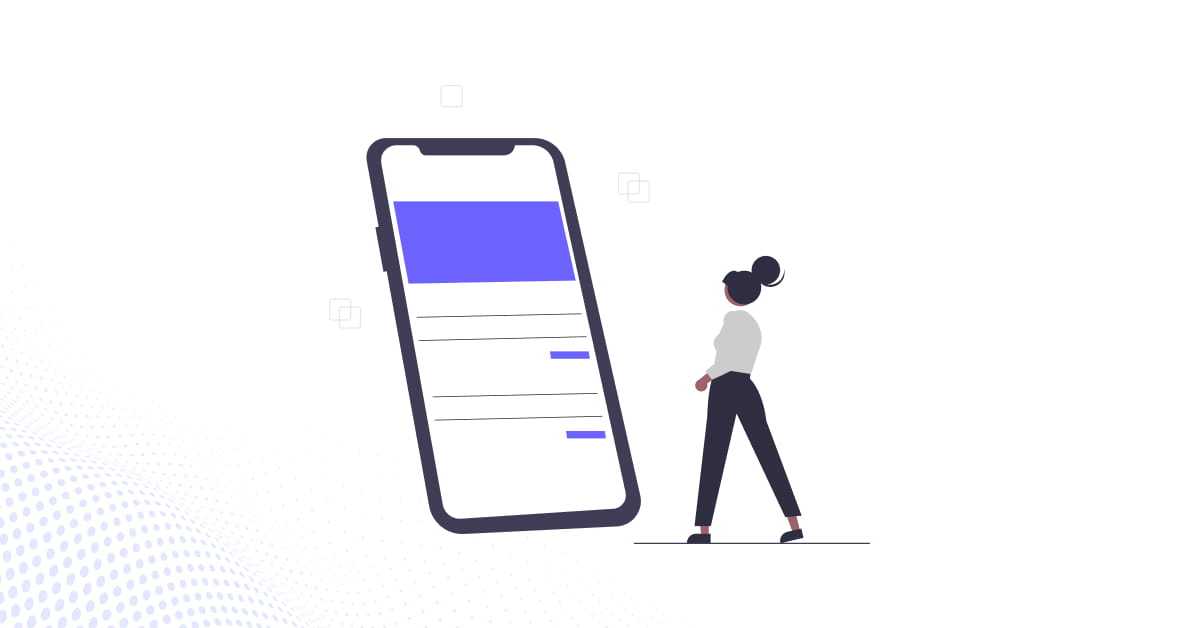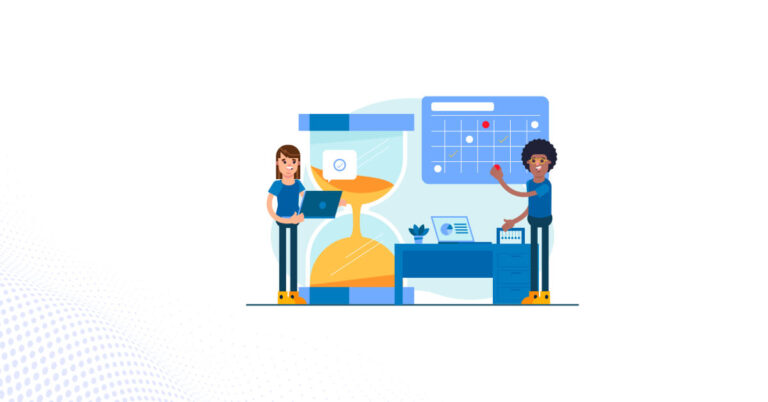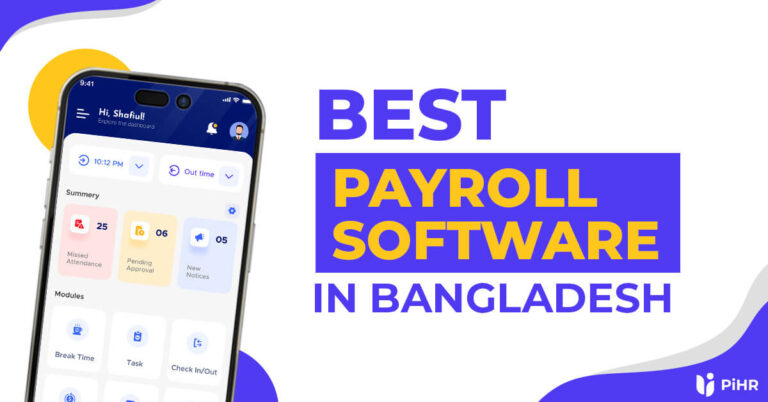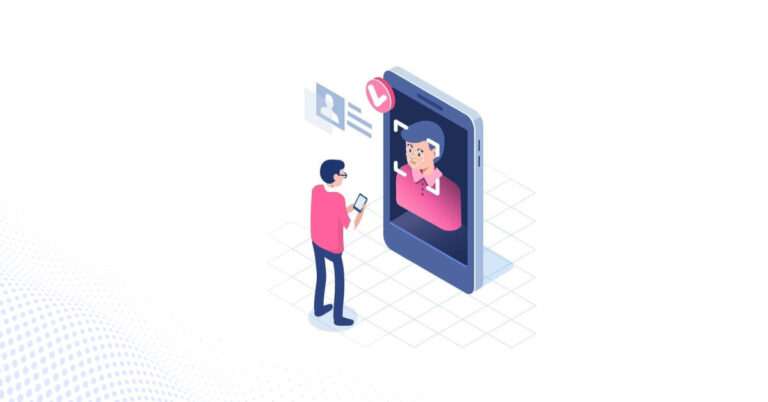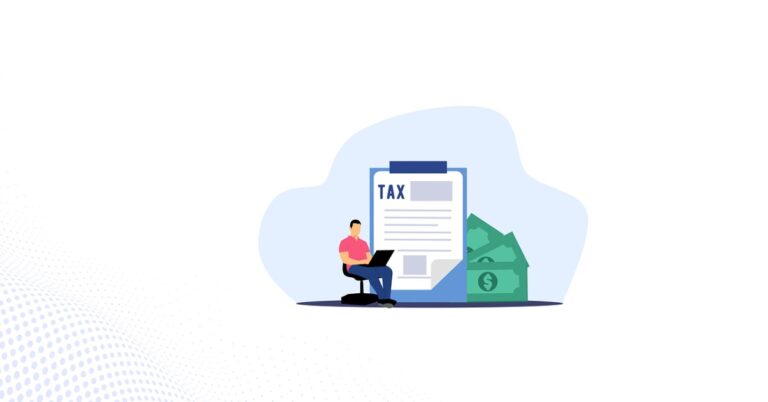Even during the best of times, it’s tricky to identify the best tools that can streamline your workflow. The COVID-19 has extended its brunt to businesses across the world as well.
You might be considering the pandemic to be an unideal time to introduce a new HR software. However, it turns out the decision to implement new human resource management software (HRM).
So, should you buy new HR software during the pandemic? Follow this piece to find out!
How To Buy An HR Software
Be it pandemic or not, buying a new HR software calls for detailed planning and thoughtful decision-making. You have to understand what kind of HR software will suit your digital workflow the best.
When it comes to HR software BD, there’s no one-size-fits-all kind of thing. This section will guide you through buying new HR software during these challenging times.
HRIS Selection Process
Employ a strategy for evaluating HR tools: Determine the company’s most pressing obstacles in terms of HR tools. Recognize the firm’s requirements and objectives for adopting new technology.
Make a list of the HR software demands for your company: For an HR software system, make a list of what’s crucial to the company. The criteria should address both technological and non-technical aspects, like the ability to meet global compliance obligations.
Make a list of potential merchants: To build a list of potential vendors, use several research approaches, including reports and speaking with other client organizations. Then, choose the best five to ten vendors to contact for further information.
Create a request for proposal (RFP) to send to the vendors on your shortlist: The RFP must be clear and succinct. It should contain information about your company, the task, the response submission criteria, the timetable, and the needed scope. There should also be a vendor questionnaire.
Form a group to assess the product: A cross-disciplinary council of consumers comprising finance, IT, and HR representatives must be there. Additionally, staff members and managers who may engage with the tool regularly must test the product.
Check demos: The easiest approach to see features and modules is to watch a demo. To get the most out of the demos, we have a piece of advice. Make sure to request the vendor to design the demos around real-world use instances from your company.
Read case studies: Look for client anecdotes that can shed light on adoption and deployment issues. Request references from possible vendors who can directly respond to questions.
Making The Decision To Implement A New HRIS
Your first action should be to understand the situation of your current HR software. What are the loopholes in the HR software you are currently using?
In case you are using manual processes, it’s time to toss that practice in the dustbin. You can indulge in a meeting with your current vendor to fix the gaps.
However, if you still don’t find it satisfactory, you have to get a buy-in from the critical stakeholders. This step will also contribute to understanding what you should be expecting from the new human resource management software (HRM).
Compiling A List Of Pros And Cons
Once you are set on adopting new software, it’s time to make a list. You have to note down the strengths and weaknesses of your current system. This step demands further digging into the performance of your existing software.
Don’t make the mistake of only listing out the disadvantages of your current software. You might find some of the features of the software beneficial and would like to retain them.
This list of pros and cons of your existing system can enhance your hunt for new software. HR managers can avoid replicating the errors of their previous software.
In any case, this practice can go a long way towards finalizing adequate and suitable brand-new HR software.
Shifting From Manual Workflow To HRIS
Your company might not have an HRIS tool in place. Many enterprises, especially start-ups and small businesses, fear the costs of running HR software. Your workflow might be currently in the form of pen and paper or spreadsheets and documents.
Implementing an HR tool for the first time might look like a daunting investment. However, showing the results and advantages of the new system might entice stakeholders.
If the HR tool ends up saving even an hour in the workflow, it proves itself to be self-paying.
Prepping For Implementation
Whether a company is implementing an HR software BD for the first time or adopting a new one, preparations need to be made beforehand.
The first thing to secure is digitizing all the pen and paperwork. It’s not feasible to split the workflow into both modern and conventional methods.
Second, you want to check if the data is 100% accurate. For any historical information, you can seek help from an attorney. Storage of historical data can come in handy in many ways.
Nevertheless, you can also opt for spreadsheets to enter most of your old data.
Analyzing Vendors Post Demo
The salesperson from the HR software company will give you a sugar-coated and tempting demo. However, most of the time, the software turns out to be relatively different from the demo.
After the demo, you should try to figure out how the system works. You can get insights into its working by contacting current or past users. What’s more, you can enquire the vendor for some references.
Another valuable mode of feedback is HR professionals. You can look for HR professionals who changed their decision of adopting the particular HR software.
Whatever be the case, you should try out different software before the final call.
Effects Of Pandemic On HRIS Buying
During the first wave of the coronavirus pandemic, HR merchants reported a significant plunge in sales. HR managers were running in different directions to find solutions to pandemic-caused workflow issues.
HR software is revolutionizing to fit itself in the new normal. However, there are no concrete predictions of what else the pandemic has in store for the HR software industry. Conversely, the effects are partially positive and negative.
Positive Impacts Of COVID-19 On HR
There are a handful of ways through which HR software has benefitted from this situation. For instance, earlier, employee self-service was largely neglected. The pandemic was an opportunity to identify a more intuitive and employee-centric HR software.
Furthermore, remote working also leads to the development of innovative solutions.
Vendors are brainstorming to develop tools that can enable safe working environments. These include employee beacons, touch-free time clocks, and thermal temperature readers.
Advantages Of Purchasing An HR Software During Pandemic
Since more and more HRs are investing in software during the pandemic, some merchants offer great deals. This pandemic has led to more competition in the HR tool market.
And what does this mean for HR managers? Well, more edgy and competitively priced software.
Besides, the pandemic is also revolutionizing the norms for conducting business. More enterprises are seeing it beneficial to carry out workflow remotely.
What’s more, if an HR tool can handle a remote workflow, it can surely take care of things once everything is normal.
The Bottom Line
Even in this pandemic, having a handy guide of such information can help you overcome workplace challenges. Most of the HR software used by companies will vary according to their work type.
Through this piece, you can also see how the pandemic has proved itself to be somewhat of a boon for human resource management software (HRM).
We’ve tried to communicate our best about buying HR software during the pandemic. Now, as an HR manager, you’ve to put a rubber-stamp on the decision!





